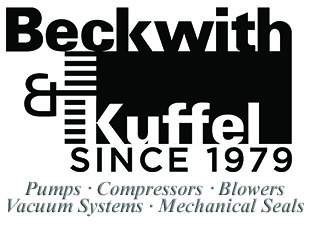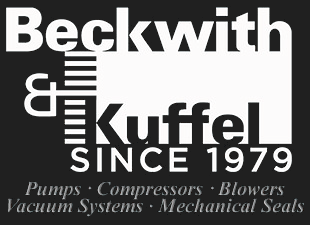Useful Formulas Section 2
d. Abrasive wear: Wear on metal pumps increases rapidly when the particle hardness exceeds that of the metal surfaces being abraded. If an elastomer lined pump cannot be selected, always select metals with a higher relative hardness to that of the particle hardness. There is little to be gained by increasing the hardness of the metal unless it can be made to exceed that of the particles. The effective abrasion resistance of any metal will depend on its position on the mohs or knoop hardness scale. The relationships of various common ore minerals and metals is shown in Fig. A. Wear increases rapidly when the particle size increases. The life of the pump parts can be extended by choosing the correct materials of construction.
Sharp angular particles cause about twice the wear of rounded particles.
Austenetic maganese steel is used when pumping large dense solids where the impact is high.
Hard irons are used to resist erosion and, to a lesser extent, impact wear.
Castable ceramic materials have excellent resistance to cutting erosion but impeller tip velocities are usually restricted to 100 ft./sec.
Elastomer lined pumps offer the best wear life for slurries with solids under 1/4" for the SRL/SRL-C and under 1/2" for the SRL-XT. Several Elastomers are available for different applications. Hypalon is acceptable in the range of 1-14 pH. There is a single stage head limitation of about 150' due to tip speed limitations of elastomer impellers.
See the Classification of Pumps according to Solids Size chart (Fig. C) and Elastomer Quick Selection Guide
Fig. B Nomograph of the Relationship of Concentration to Specific Gravity in Aqueous Slurries
Fig. D Stamndard Screen Sizes Comparison Chart
Fig. E Specific Gravities of Rocks, Minerals and Ores
Fig. F Hardness Convertion Table for Carbon and Alloy Steels
Fig. G Slurry Pump Materials
Fig. H Slurry Pump Application Guidelines


